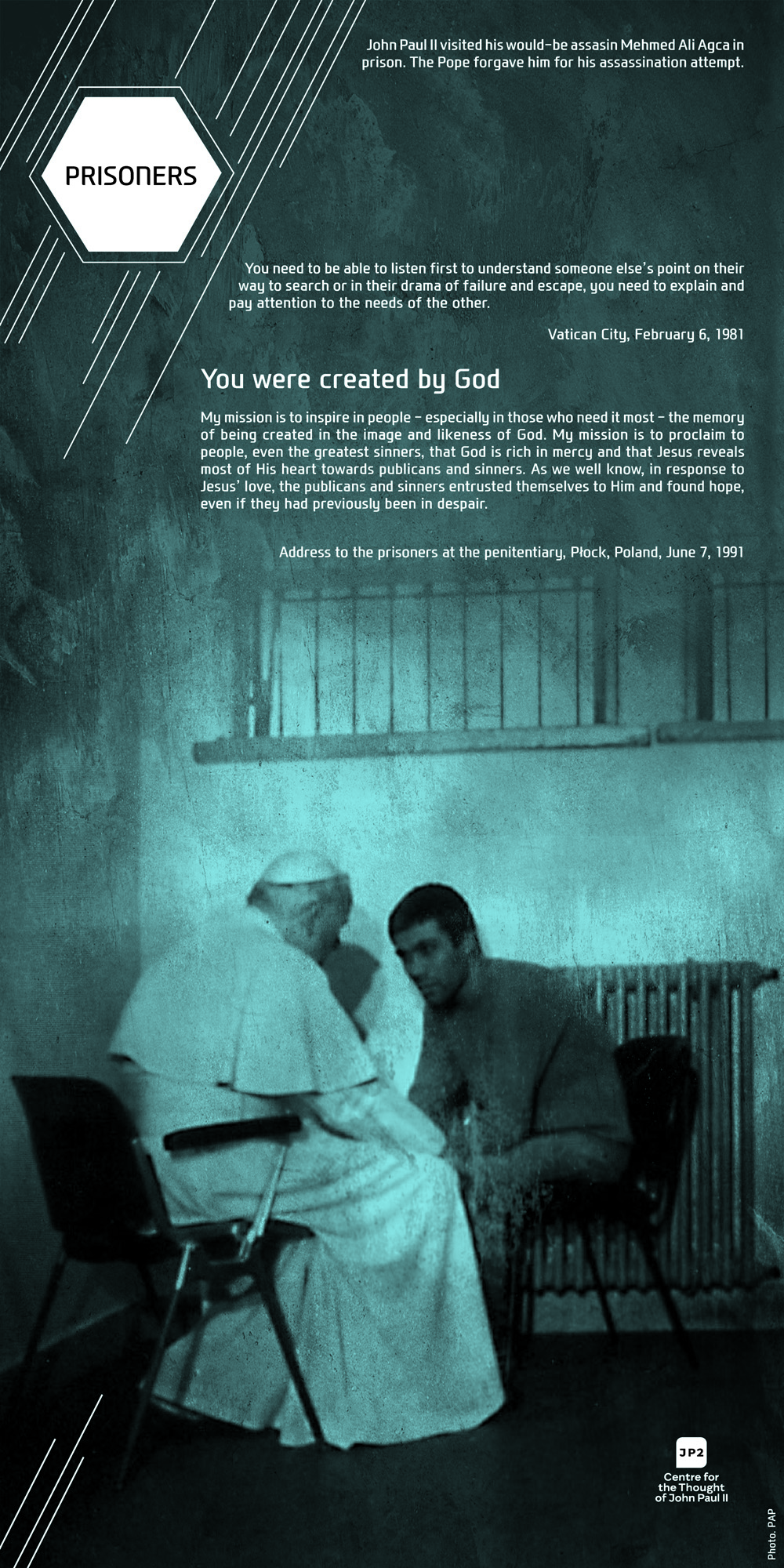„John Paul II – the Pope of Dialogue” exhibition
18.05.2020
On the occasion of the 100th anniversary of the birth of Pope John Paul II falling on May 18, we invite you to the virtual exhibition "John Paul II - Pope of Dialogue". The official inauguration of the exhibition could not take place due to the pandemic, but we will present it in a traditional form as soon as the restrictions are lifted.

For Pope John Paul II dialogue was never an end in itself but always a means to interact with human beings. Among the sick, the poor, the young, the elderly, thinkers, politicians, artists, and diplomats, on all the continents, in all the situations, and facing various ethnical groups, John Paul II was constantly discovering the human being behind the dialogue. In our exhibition this discovery is visibly evident on the faces of people: both the anxious and those full of joy, hope, and life.
For John Paul II dialogue was determined by and arose from the very foundations of Christian identity, based on an attitude of openness and honesty, and on a common, sincere and courageous pursuit of truth. As he said to the Polish bishops in 1979, ”It is important in a dialogue to be clear who you are, so that you can speak with someone different from yourself”. In his actions in this area he was exceptionally consistent. Well known gestures and events form his Pontificate showing this openness in dialogue were: a visit to the Great Synagogue of Rome, kissing the Quran, crossing the threshold of the Umayyad Mosque in Damascus, initiating the World Days of Prayer for Peace in Assisi and meeting with young Muslims in Morocco. The Pope met many politicians, including those representing non-democratic systems, believing that hatred could be overcome with a deep, human encounter. John Paul II induced establishment or renewal of diplomatic relations with many countries and his attitude played a fundamental role in the fall of communism.
The openness to dialogue resulted from Karol Wojtyla’s life experiences, deepened by philosophical reflection and prayer. From his earliest years he had close contact with his local Jewish community. During the Second World War he experienced the calamity which devoured up his friends from the Wadowice middle school, Jagiellonian Univeristy professors, priests from Dębniki parish, and wiped out almost all the Jewish community. ”I can vividly see in front of my eyes a picture of Jews heading on Saturday to the synagogue which was situated at the back of our middle school. Both religious groups, Catholics and Jews, were connected, I suppose, by the consciousness that they prayed to the same God” – he recalled. Nothing from this common world was left after the war. But even among the explosion of evil Wojtyla was able to find strength and hope. He worked hard as a manual laborer in a limestone quarry, where he made friends with workers. That let him understand the dignity of human work. He also drew abundantly from Polish culture and was participated in creating it himself – he wrote literary works and co-founded the “Rhapsodic Theatre” in Cracow. During the war that theatre was performing underground hidden from the Nazi conquerors. As a Cracow bishop Karol Wojtyla met with scientists and researchers in various areas: physicists, doctors, philosophers etc. He continued this custom during seminars in Castel Gandolfo in Rome.
John Paul II was a pilgrim-Pope. He made 104 foreign journeys during his papacy and visited all the continents. During these journeys he displayed his ability to establish a dialogue not only with individuals but also with large human gatherings. He visited abandoned places which were overlooked by others: slums, a home for the dying of Mother Theresa from Kolkata and the House of Slaves on Gorée Island, from which port set sail many ships holding African slaves. Frequent elements of his journeys were visits to hospitals, as well as ecumenical and interreligious meetings. He willingly met with young people. He valued cultural diversity, because – as he said to the UN General Assembly in 1995 –” each culture is an attempt of reflection on the secrets of the world, and a human being in particular; it is a way of expressing the transcendent dimension of human life.”
John Paul II opened new paths of dialogue with fellow Christians (Orthodox, Anglicans, Protestants) and also with representatives of other religions such as with Muslims, Buddhists and Jews. During his pilgrimages he visited religious places of various Christian creeds and various religions. He held talks with their representatives and signed joint declarations on dialogue and cooperation. Finally, he initiated the World Day of Prayer for Peace, connecting people from various religions. The first and most significant of such meetings took place on 27 October 1986 in Assisi when 47 delegations representing Churches and Christian communities and 13 non-Christian religions jointly prayed for peace.
Materials
Exhibition "John Paul II - the Pope of Dialogue" on the Issuu platformPhotos (15)
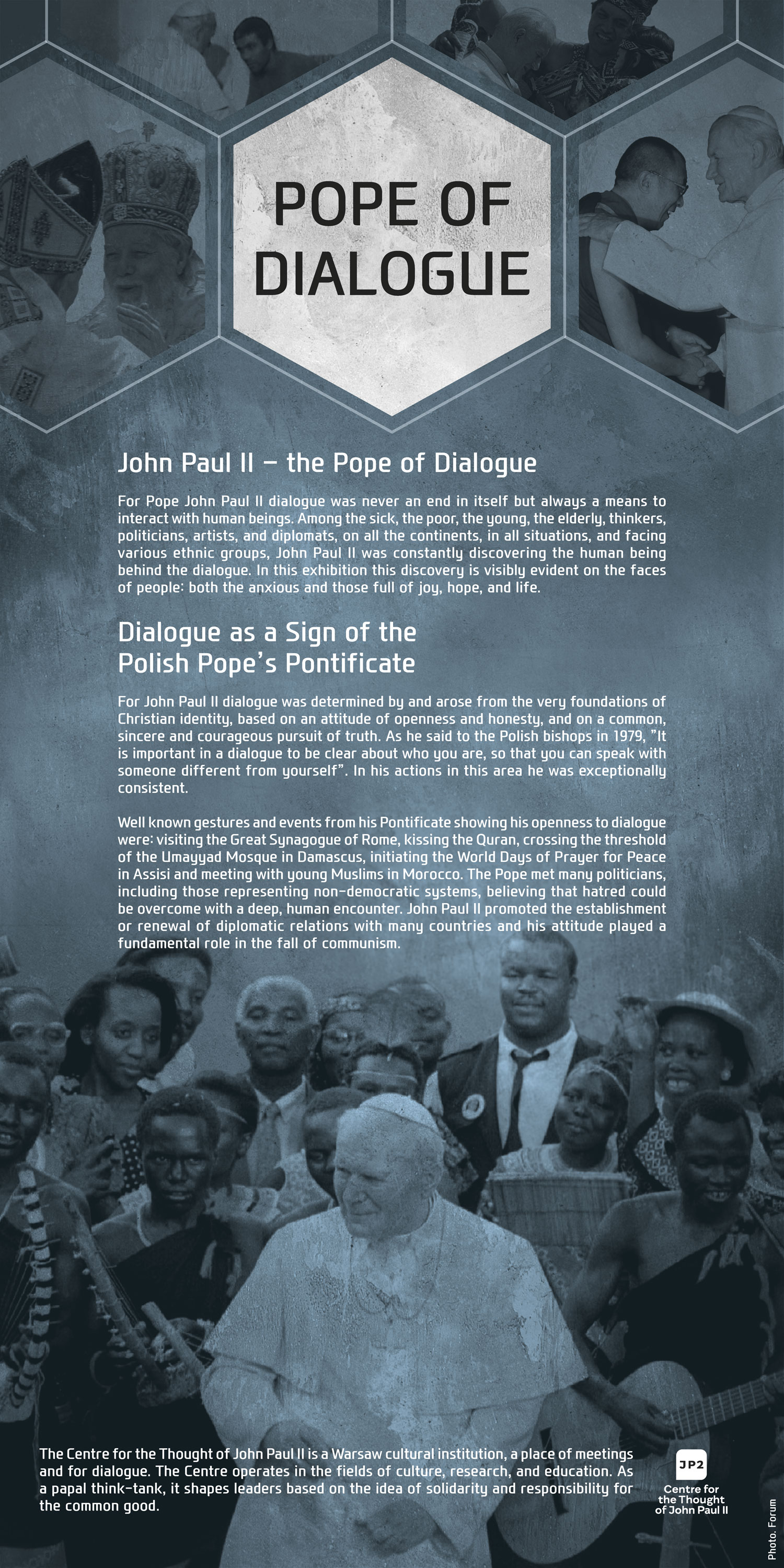 Display photo 2 in the gallery.
Display photo 2 in the gallery.
 Display photo 3 in the gallery.
Display photo 3 in the gallery.
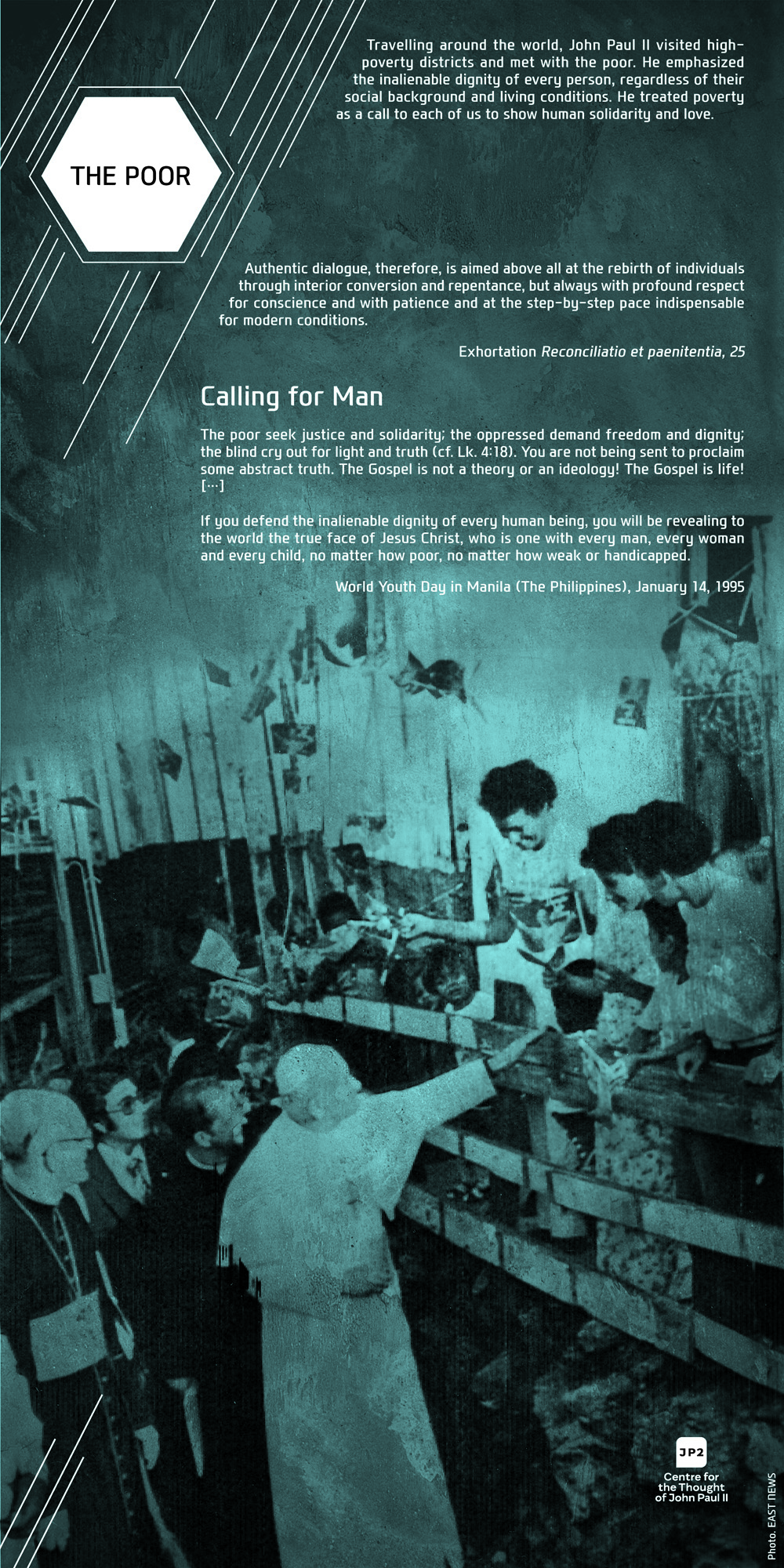 Display photo 4 in the gallery.
Display photo 4 in the gallery.
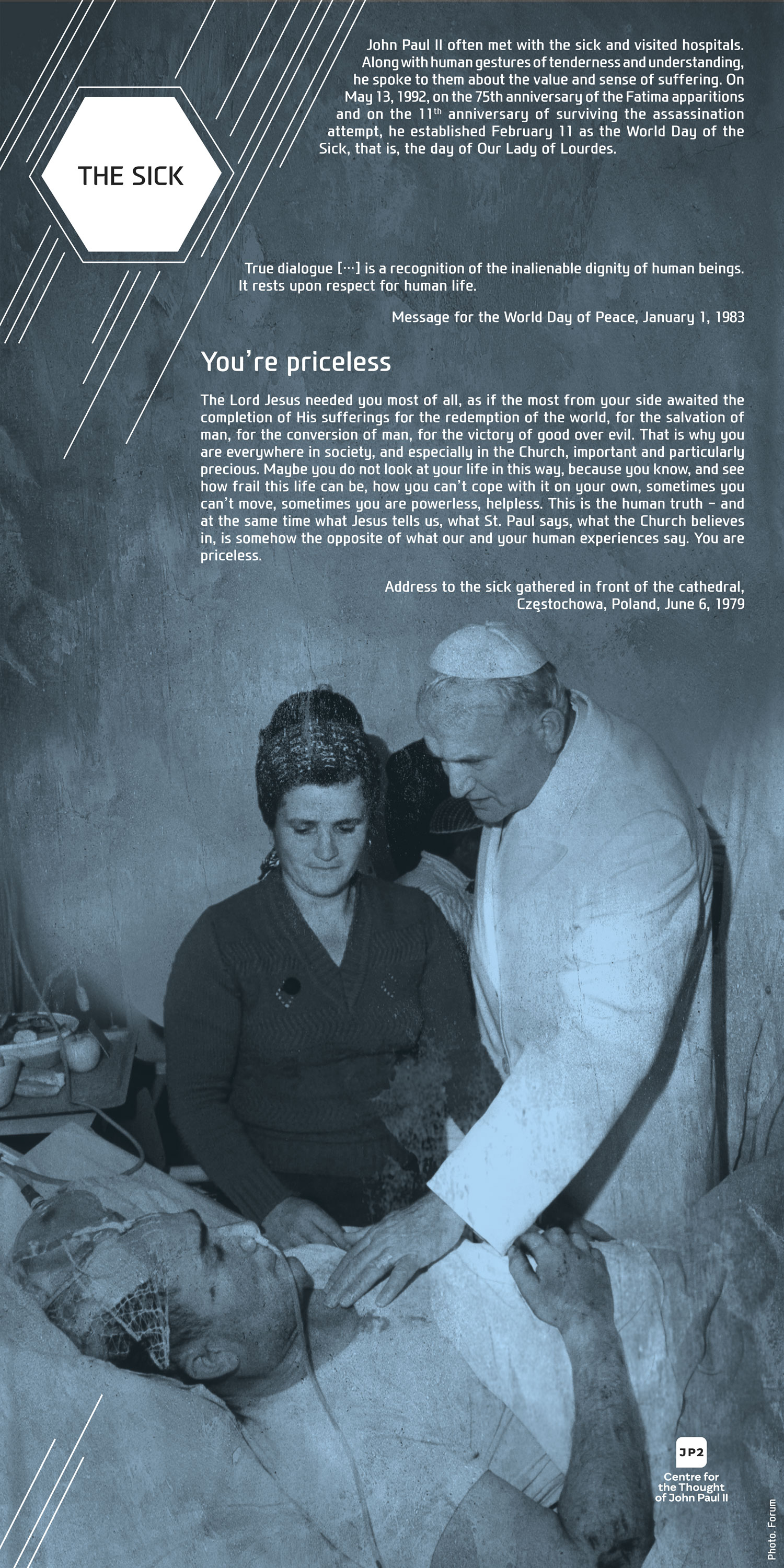 Display photo 5 in the gallery.
Display photo 5 in the gallery.
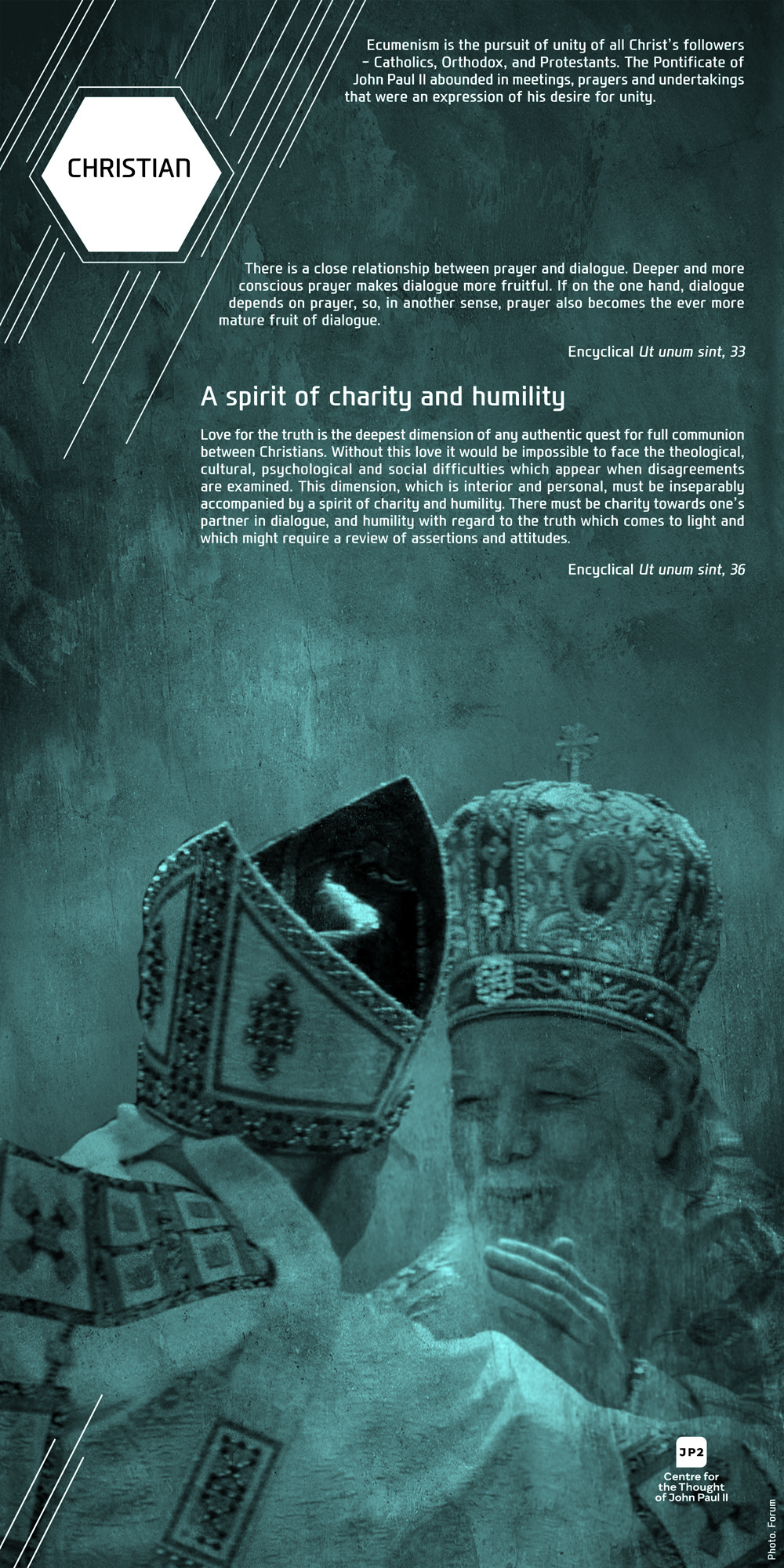 Display photo 6 in the gallery.
Display photo 6 in the gallery.
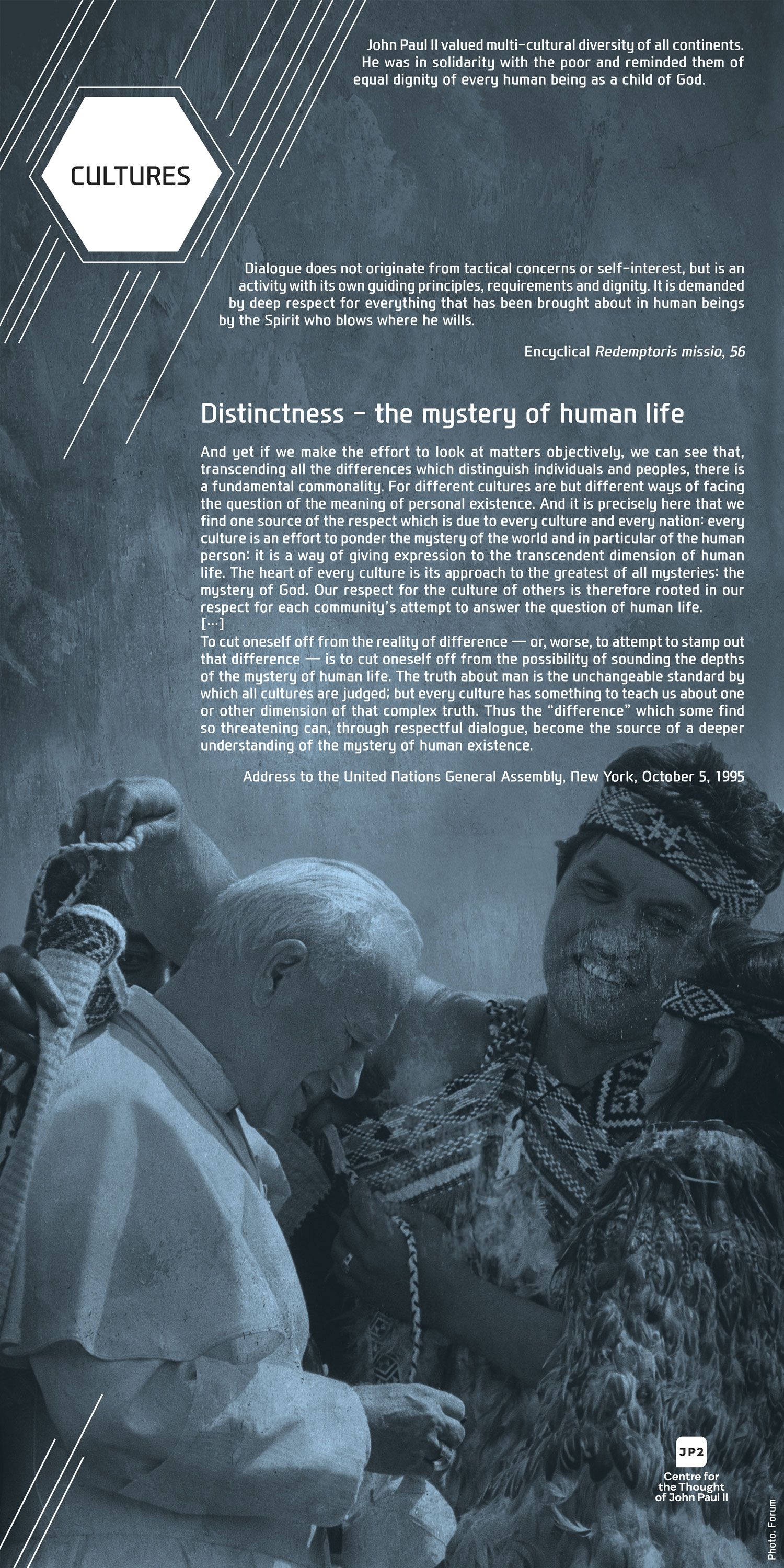 Display photo 7 in the gallery.
Display photo 7 in the gallery.
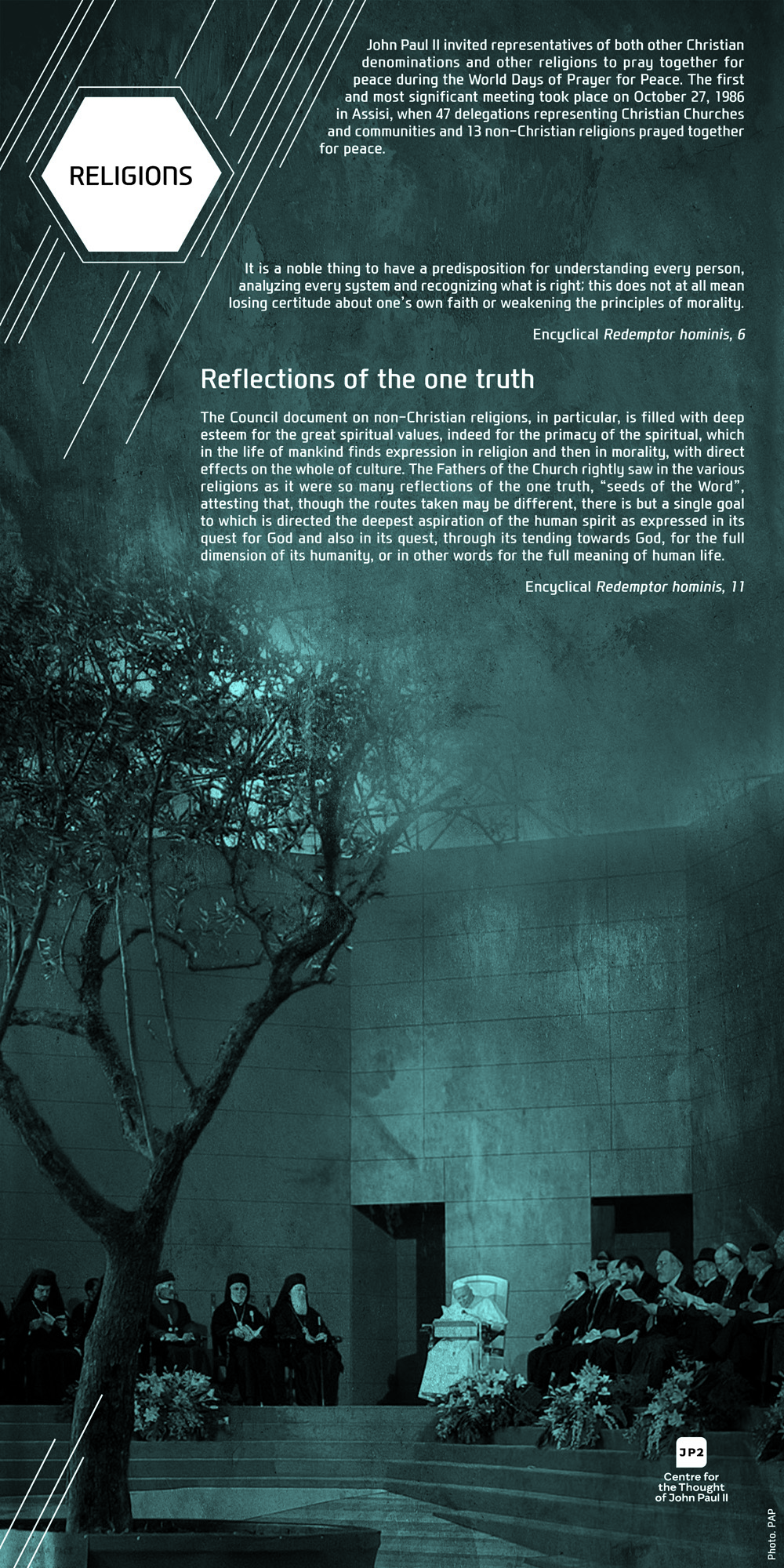 Display photo 8 in the gallery.
Display photo 8 in the gallery.
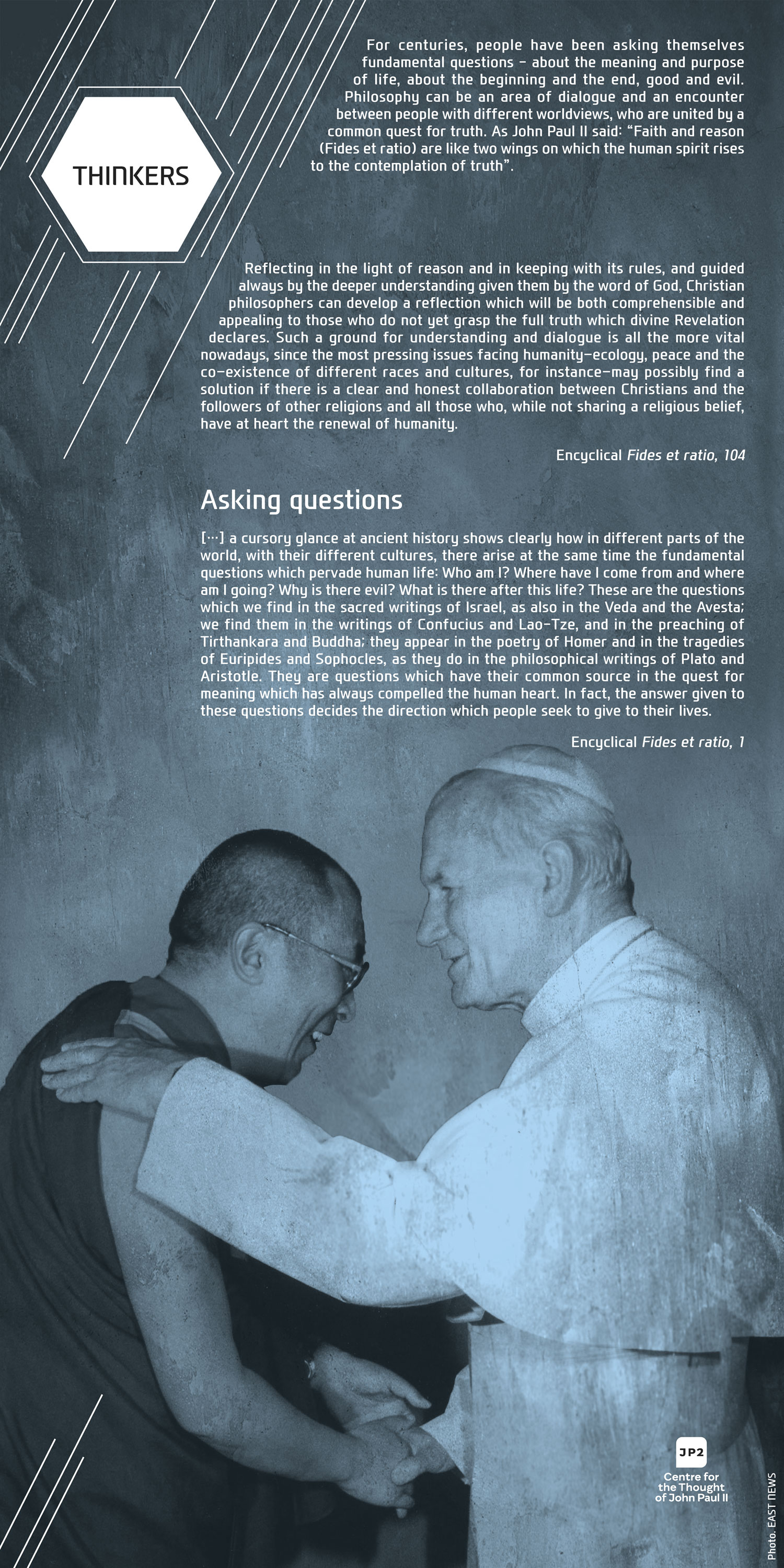 Display photo 9 in the gallery.
Display photo 9 in the gallery.
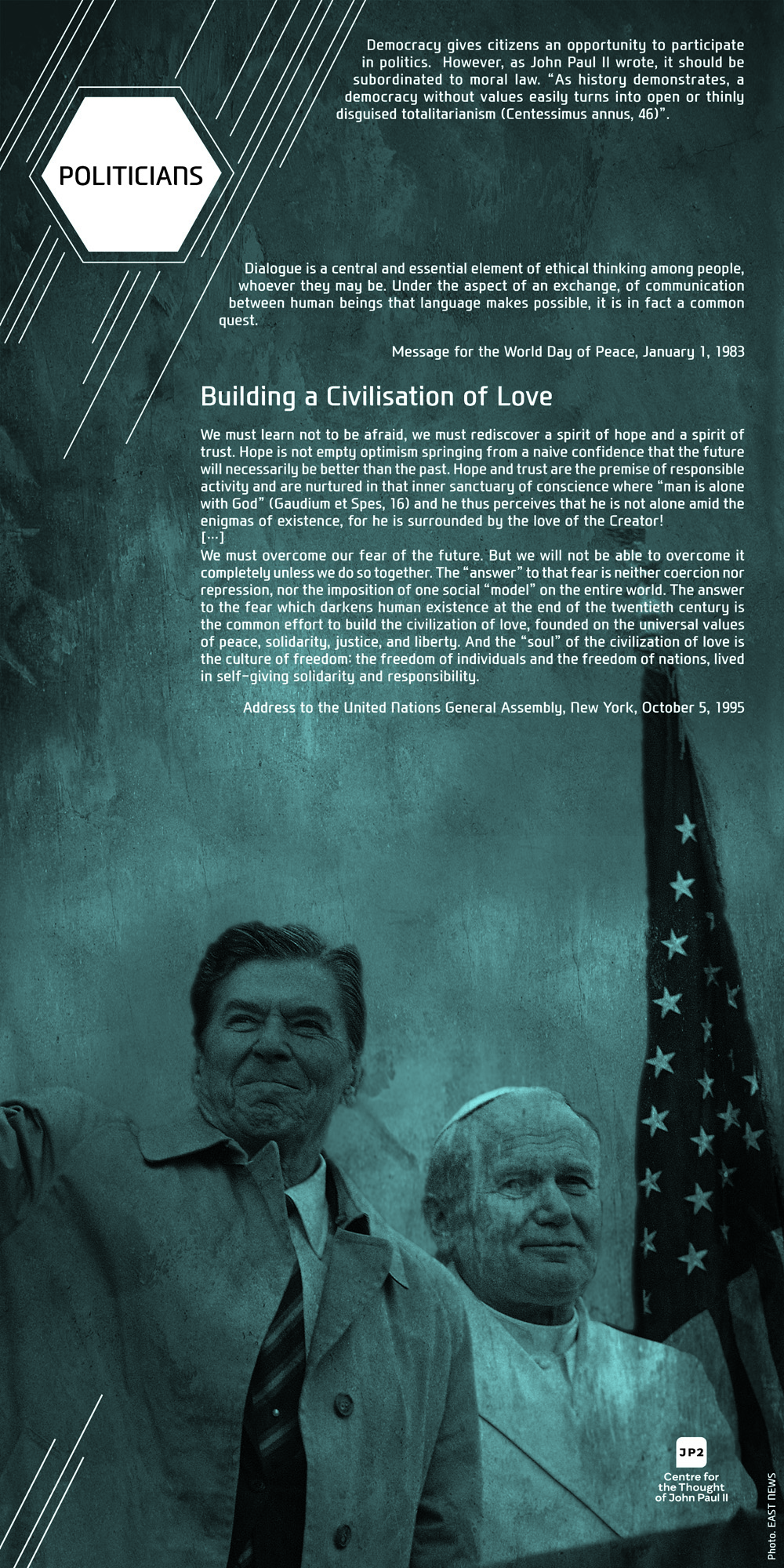 Display photo 10 in the gallery.
Display photo 10 in the gallery.
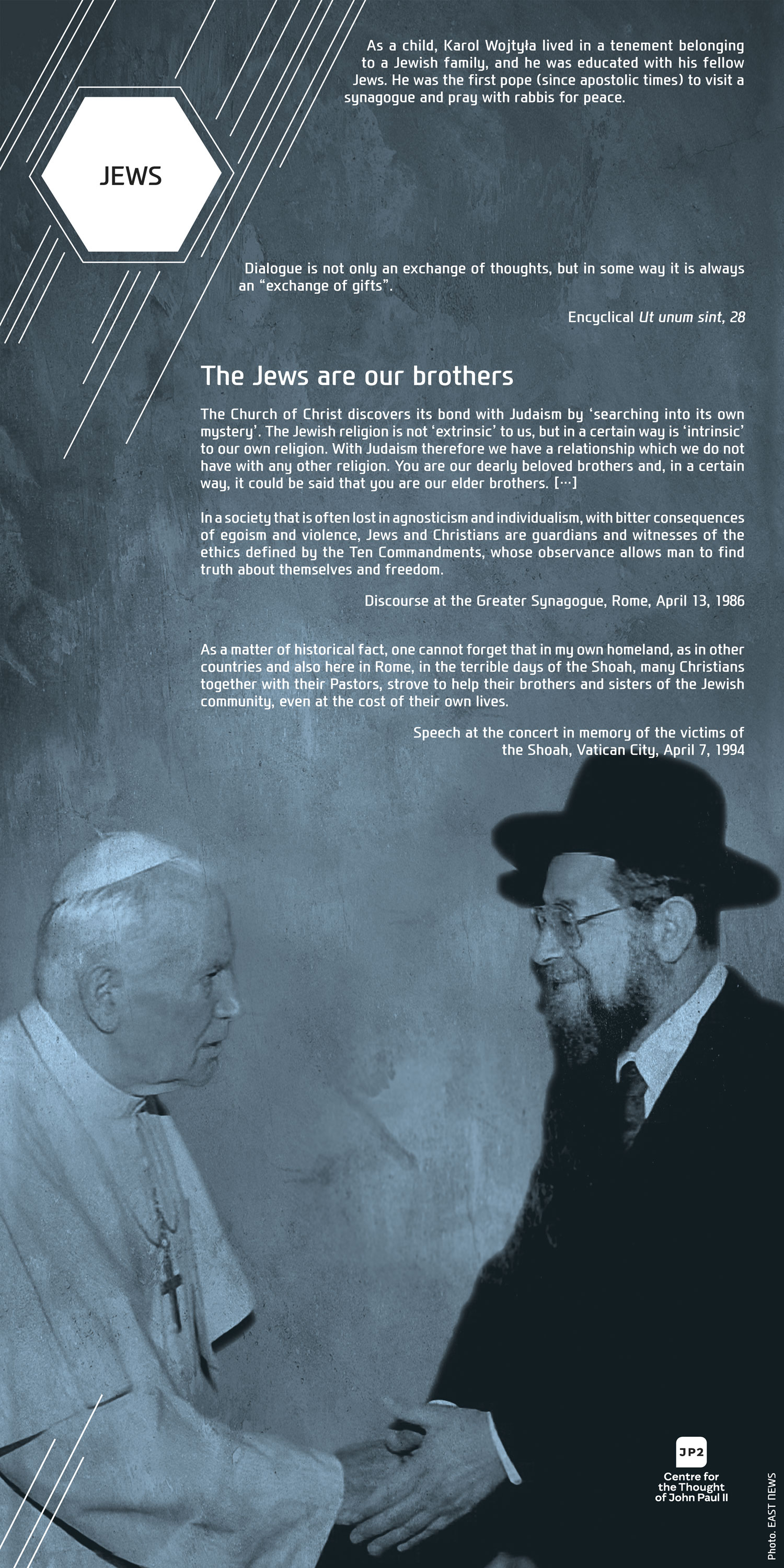 Display photo 11 in the gallery.
Display photo 11 in the gallery.
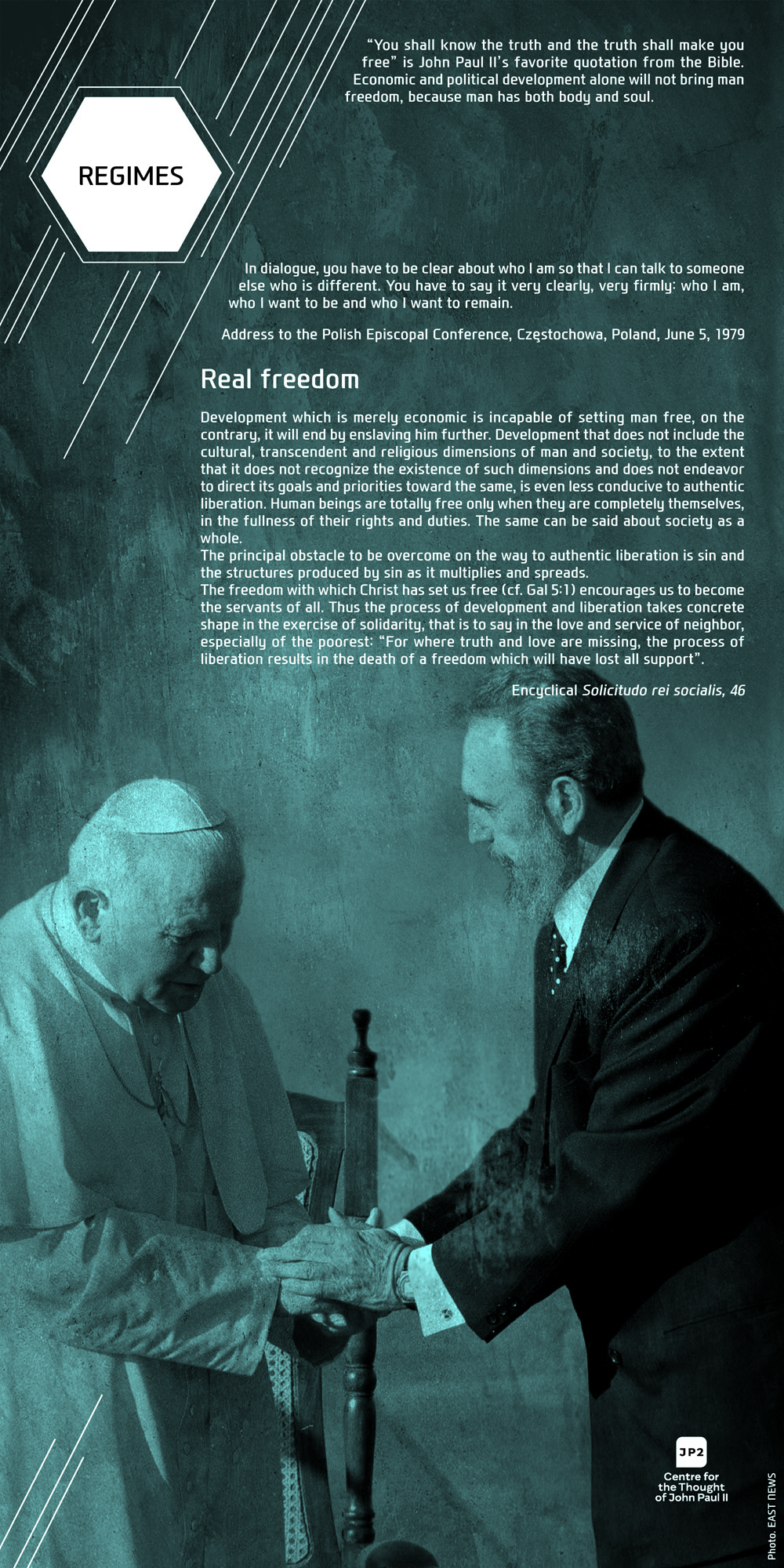 Display photo 12 in the gallery.
Display photo 12 in the gallery.
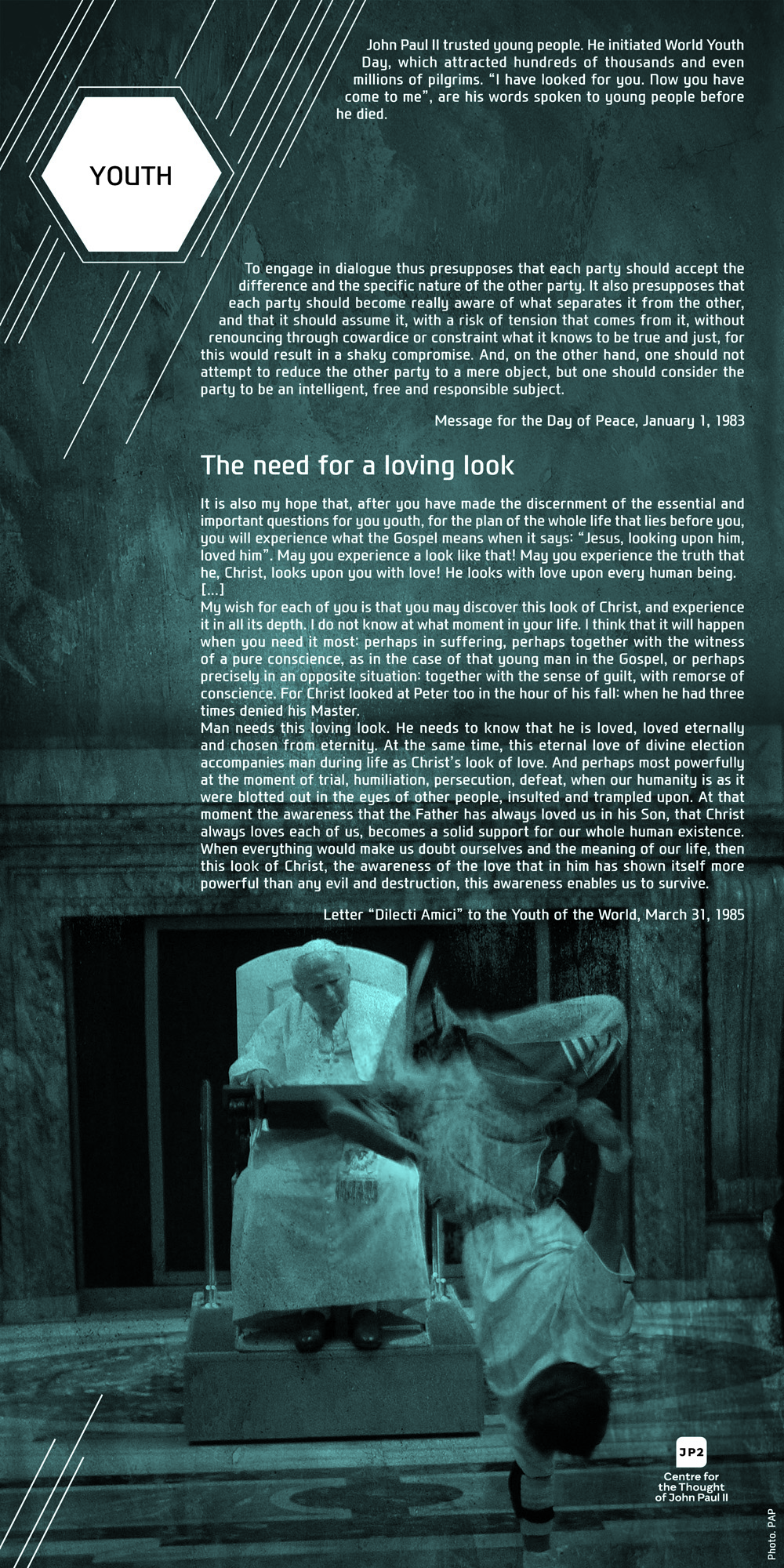 Display photo 13 in the gallery.
Display photo 13 in the gallery.
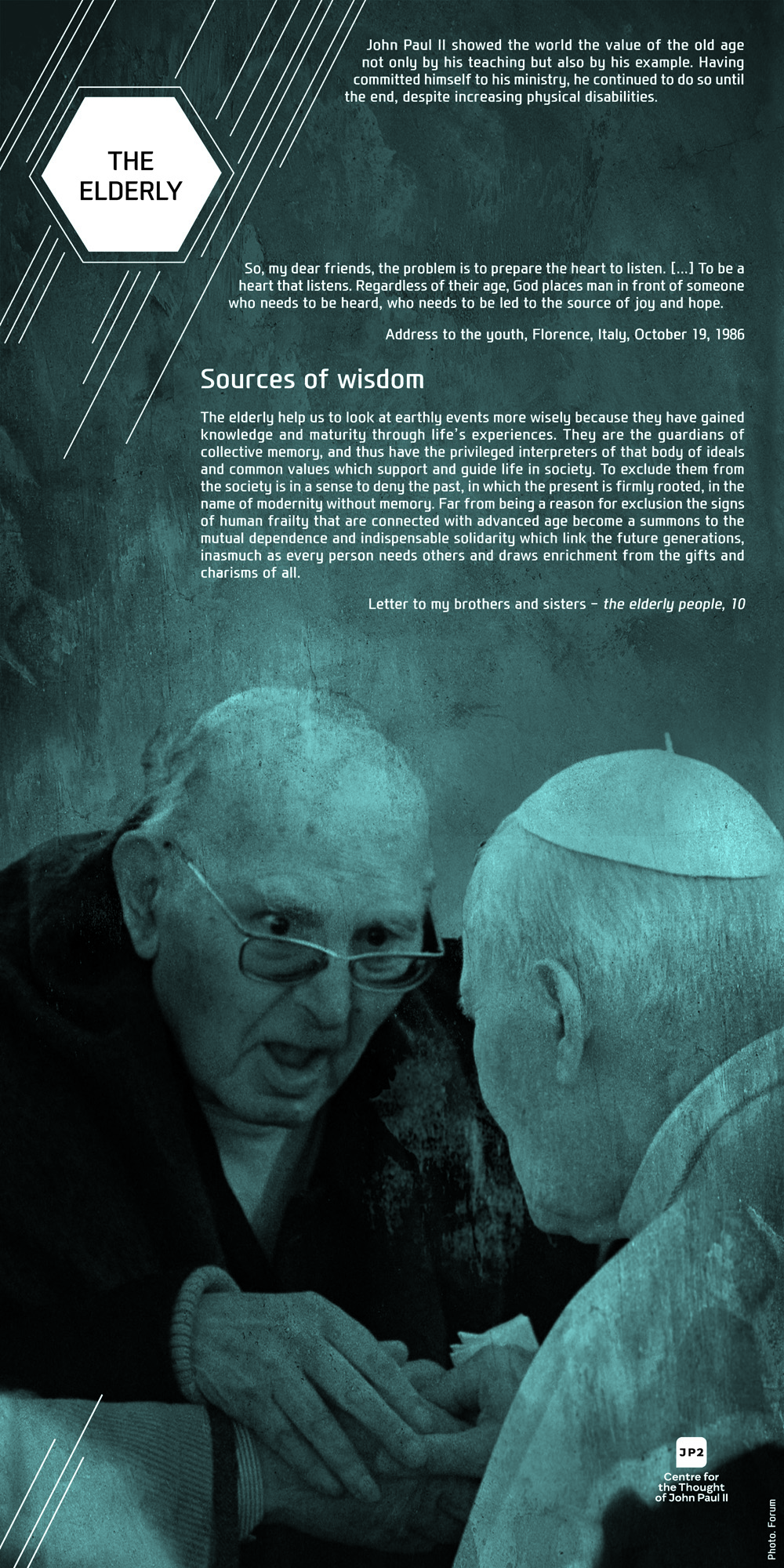 Display photo 14 in the gallery.
Display photo 14 in the gallery.
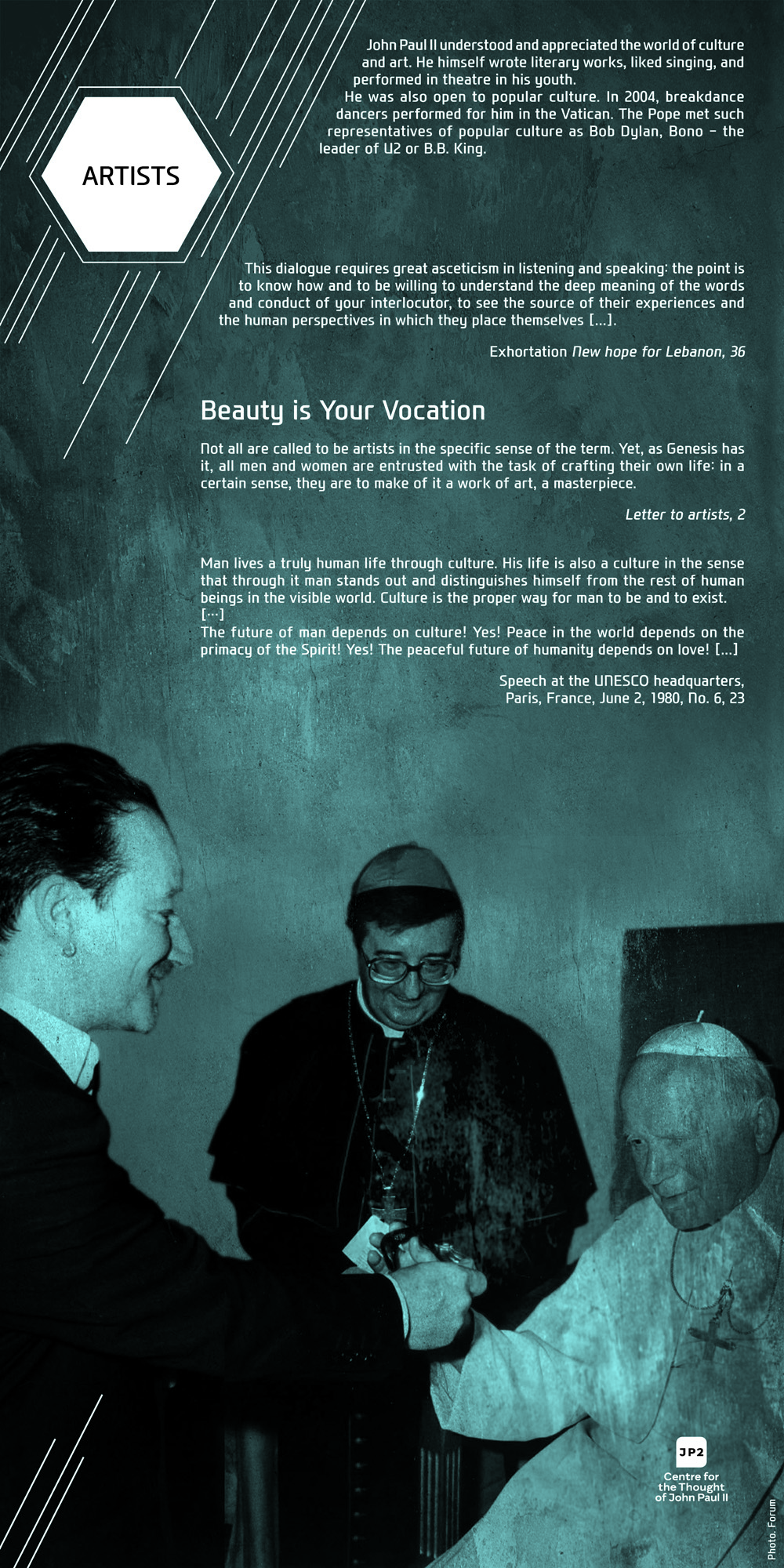 Display photo 15 in the gallery.
Display photo 15 in the gallery.
